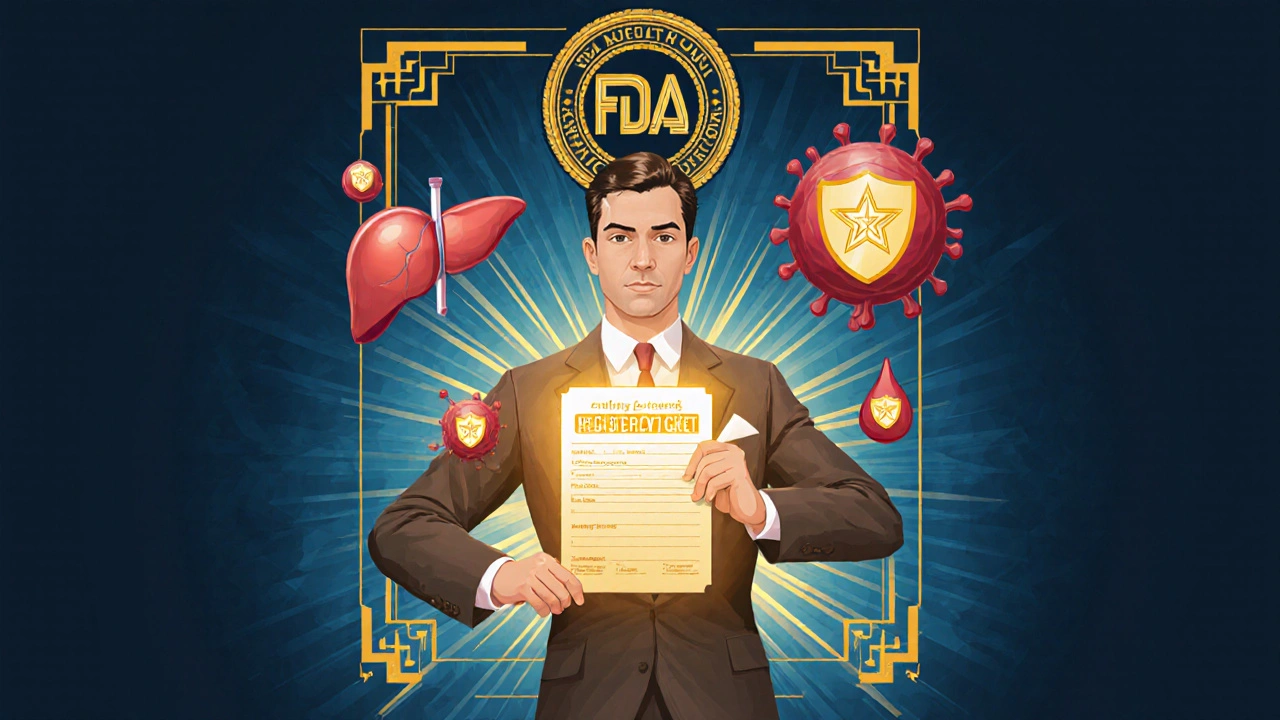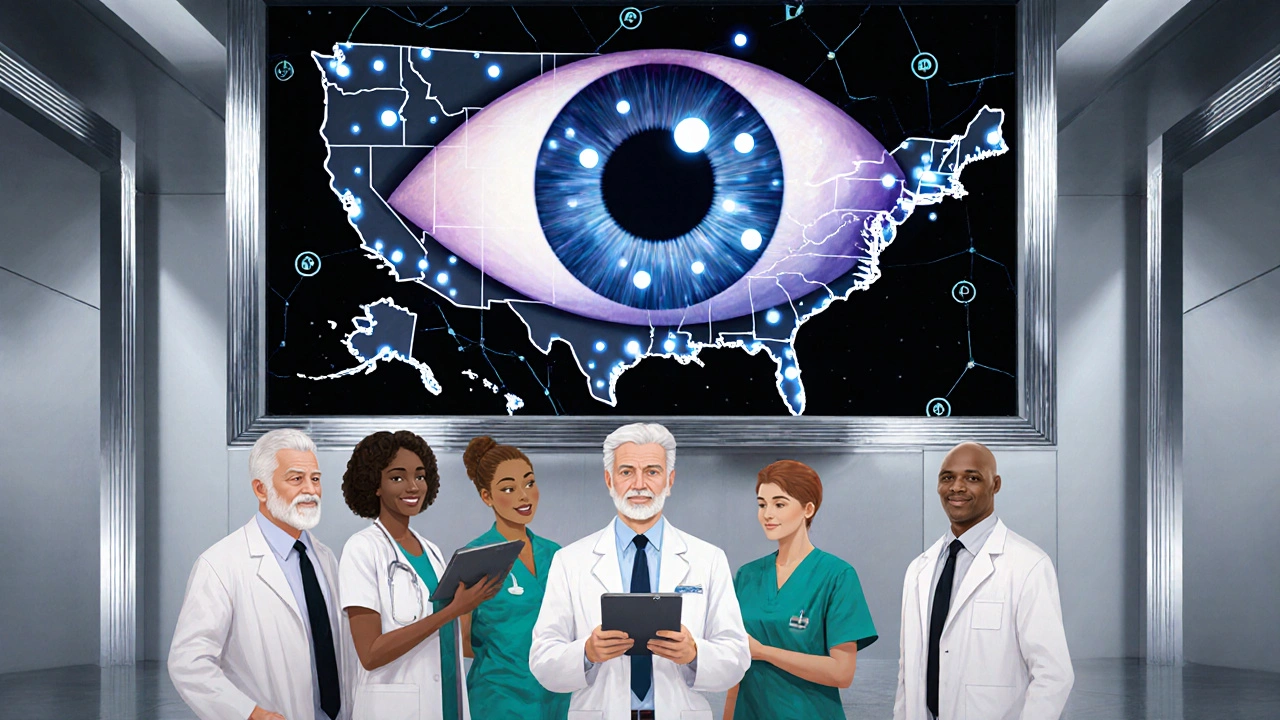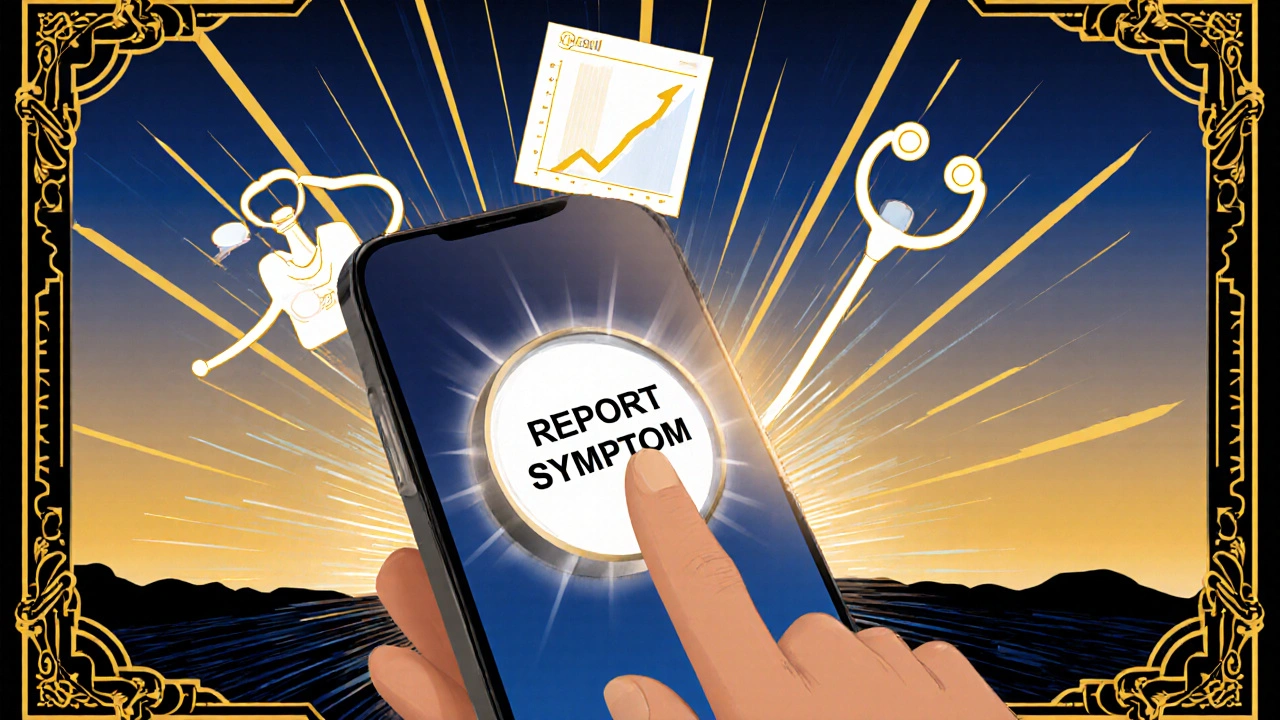How to Participate in Patient Registries for Drug Safety
 Nov, 17 2025
Nov, 17 2025
If you’re taking a medication that carries serious risks-like liver damage, heart problems, or rare blood disorders-you might be asked to join a patient registry for drug safety. It’s not optional for some drugs. For others, it’s a chance to help researchers and maybe even future patients. But what exactly is a patient registry? And how do you actually sign up?
What Is a Patient Registry for Drug Safety?
A patient registry is a database that collects real-world information about people taking certain medications. Unlike clinical trials, which happen before a drug is approved, registries track what happens after the drug is out in the open-used by thousands, sometimes millions, of people in everyday life. These registries were created because clinical trials can’t catch everything. A drug might be tested on 5,000 people. But once it’s on the market, it’s used by 500,000. That’s when rare side effects-like one in 10,000 patients-start showing up. Registries help spot those early. The U.S. Food and Drug Administration (FDA) and the European Medicines Agency (EMA) both rely on registries to monitor safety. For example, the drug clozapine, used for severe schizophrenia, can cause a dangerous drop in white blood cells. Because of that risk, doctors in the UK and Ireland must enroll every patient in a registry before prescribing it. Over 98% of eligible patients do. Registries don’t just track side effects. They also collect data like your age, other health conditions, how much medicine you take, and even how you feel day to day. This helps scientists understand not just what goes wrong, but who’s most at risk.Types of Registries You Might Encounter
Not all registries are the same. There are four main types:- Disease registries track everyone with a specific condition-like multiple sclerosis or cystic fibrosis-no matter what drug they’re on.
- Product registries follow only people taking a specific drug. These are common for high-risk medications.
- Exposure registries watch people who’ve been exposed to something unusual-like a new chemical or a drug used off-label.
- Health services registries track patients who’ve had a certain procedure, like a new type of knee implant.
How to Find Out If You Should Join
The easiest way to know if you need to join a registry is to ask your doctor. But if you want to check yourself, here’s how:- Look up your medication on the FDA’s Drugs@FDA database. Search the drug name, then scroll to the "Risk Evaluation and Mitigation Strategy" (REMS) section. If it says "Registry," you’re required to enroll.
- Check the European Medicines Agency’s product information page if you’re in the EU.
- Search ClinicalTrials.gov and filter for "safety monitoring" or "post-marketing." You’ll find over 2,800 active registries.
- Visit the NORD Registry Program website-they connect patients with 147 disease-specific registries.
- Clozapine (for schizophrenia)
- Natalizumab (Tysabri, for MS)
- Fingolimod (Gilenya, for MS)
- Isotretinoin (Accutane, for acne)
- Teriflunomide (Aubagio, for MS)
What Happens When You Join
Signing up usually takes 15 to 20 minutes. You’ll be asked for:- Your name, date of birth, and contact info
- Your medical history and current conditions
- Details about the medication you’re taking-dose, start date, other drugs
- Consent to share data with your doctor and the registry sponsor
- Fill out a short survey every 3 to 6 months
- Allow your doctor to send lab results automatically
- Report any side effects-big or small
- Attend an annual check-in, either in person or by video

Why Your Participation Matters
You might think, “I’m just one person. Does it really matter?” Yes. In 2019, the FDA approved Elaprase (idursulfase) for children under six with Hunter syndrome-based on safety data from just 87 kids enrolled in a registry. Without those patients, that treatment wouldn’t exist for younger kids today. Registries also help identify who’s most at risk. For example, researchers found that patients on certain MS drugs had higher infection rates if they were over 50 and had diabetes. That insight changed how doctors prescribe. And it’s not just about science. In a 2022 survey of 1,247 registry participants, 68% said they learned more about their condition. Over half said they felt more connected to others with the same illness.Challenges and Concerns
Joining a registry isn’t always easy. Here are common hurdles:- Privacy fears-41% of people who don’t join say they’re worried about data security. Reputable registries use encrypted systems and follow strict rules like HIPAA (U.S.) or GDPR (Europe).
- Time commitment-some registries ask for quarterly updates. The average participant spends 12 minutes every three months.
- Confusing consent forms-some are over 2,000 words long. If you’re unsure, ask your doctor to explain it.
- Dropout rates-on average, 19% of patients stop participating each year. That’s why registries send reminders, newsletters, and even offer transportation help for check-ups.
What’s Changing in 2025
The system is getting better-and more connected. Starting in 2024, every new drug application to the FDA must include a plan for how it will use patient registries if it carries serious risks. That means more patients will be asked to join. The FDA’s Sentinel Initiative, which now tracks 350 million medical records, is starting to automatically enroll patients on high-risk drugs. You’ll get a notice, and you can opt out if you want. But most people stay in. New tools are making participation easier. The MyStudies app lets you log symptoms with a few taps. Blockchain pilots are being tested to give patients control over who sees their data. By 2025, all new mandatory registries must include patient-reported outcomes-meaning your voice, your experience, will be part of the official safety record.
What to Do Next
If you’re on a medication that might need a registry:- Ask your doctor: “Is there a safety registry for this drug?”
- If yes, ask: “Is it mandatory or voluntary?”
- If mandatory, they’ll guide you through enrollment-usually at your next appointment.
- If voluntary, visit NORD’s registry page or ClinicalTrials.gov to find the right one.
- Keep your contact info updated. Registries rely on you being reachable.
- Report any new symptoms-even if you’re not sure they’re related.
Frequently Asked Questions
Are patient registries safe for my privacy?
Yes, if they’re run by reputable organizations like the FDA, EMA, or major patient advocacy groups. These registries follow strict privacy rules like HIPAA in the U.S. or GDPR in Europe. Your name and personal details are separated from your medical data. Only de-identified information is shared with researchers. You can always ask the registry how your data is protected.
Do I have to join if my doctor asks me to?
For mandatory registries, yes. If a drug requires enrollment by law, you can’t get the prescription without joining. This is true for drugs like clozapine and Tysabri. For voluntary registries, you can say no. But if you’re concerned about side effects, joining gives you better monitoring and support.
How long do I have to stay in a registry?
It depends on the drug and the registry. Some last 1 to 2 years. Others track you for life-especially for chronic conditions. You can usually leave at any time, but your data may still be used for research if you’ve already provided it. Always ask about withdrawal policies when you sign up.
Will joining a registry affect my insurance or employment?
No. U.S. law (GINA and HIPAA) prevents insurers and employers from using your health data from registries to deny coverage or jobs. Your participation is confidential. The registry doesn’t share your name with your employer or insurance company.
Can I join a registry if I’m not the patient?
Yes, if you’re a parent, guardian, or caregiver for someone who can’t enroll themselves. Most registries allow authorized representatives to provide information on behalf of minors or adults with cognitive impairments. You’ll need to show proof of legal authority in some cases.
What if I miss a survey or check-in?
Don’t panic. Registries know people get busy. They’ll send reminders by email, text, or phone. If you miss one, just log in and complete it when you can. Missing a few won’t kick you out. But if you don’t respond for over a year, they may consider you inactive. You can always rejoin later.
Can I see the results of the registry?
Many registries publish annual reports or send newsletters to participants. Some even let you view aggregated data online. You won’t see individual records, but you’ll learn things like: “5% of patients on this drug reported liver issues.” That kind of info helps you understand your own risk.
Conor McNamara
November 17, 2025 AT 13:52steffi walsh
November 18, 2025 AT 06:00Leilani O'Neill
November 19, 2025 AT 15:42Riohlo (Or Rio) Marie
November 20, 2025 AT 03:03Girish Pai
November 21, 2025 AT 11:59Shilpi Tiwari
November 23, 2025 AT 06:56Denny Sucipto
November 23, 2025 AT 13:28Holly Powell
November 25, 2025 AT 04:29Emanuel Jalba
November 25, 2025 AT 23:55Heidi R
November 26, 2025 AT 03:14Brenda Kuter
November 26, 2025 AT 23:57Shaun Barratt
November 28, 2025 AT 02:16Iska Ede
November 28, 2025 AT 08:34Gabriella Jayne Bosticco
November 28, 2025 AT 19:19Sarah Frey
November 29, 2025 AT 04:56